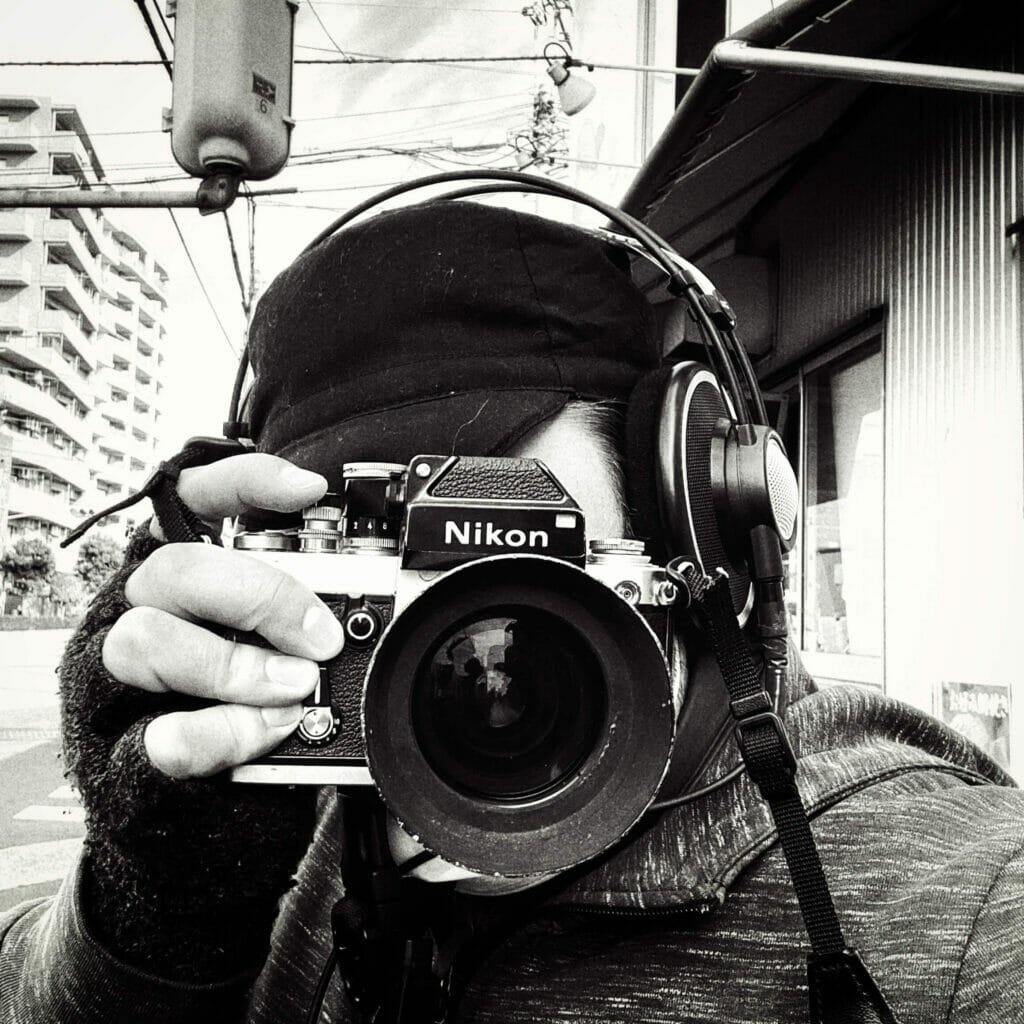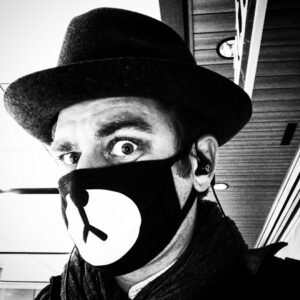When work went on hold and there wasn’t much else to do, free time suddenly changed from something you usually wanted more of to something you had in notable surplus. Everyone handled this differently. People took up baking bread or mixology, gardening or knitting or whatever else. For me, extended exploring on foot became a preferred way to fill this new surplus of time.
Comfortable, durable shoes, already quite important, became non-negotiable when regularly topping thirty thousand steps a day. Also reinforced was the importance of items like good headphones, a good pen and notebook, a good camera that is well-suited to walking, and a comfortable bag in which to carry everything.
None of this was new, it just became amplified. There was an urgency in needing to have something to do with yourself amid so much uncertainty. What we sought was part distraction, part entertainment, part trying to ignore that gooey, half-panicked sense of doom poured like a rich demi-glace over the undercooked meatloaf of daily life that threatened to go bad at any moment.
But for all the plugging in, for all the leaning into keeping the mind entertained at all times with music, TV and movies, podcasts, and audiobooks, the importance of balancing this with unplugged periods quickly became apparent. You can’t eat every waking moment of the day, and nor can your mind healthily digest endless input. Periods of quiet, times of refusing entertainment, were and are essential.
One option: a photo walk. It’s something to do, but you have to do it yourself. You can’t pipe it in through your headphones or watch it unfold on a screen. If you don’t put in the effort, it doesn’t happen.
Pick a place and head out, camera in hand. Aim for quiet, avoid entertainment. Even better, embrace boredom and let it sit, however awkward it may feel, until you find your way out of it through something you find interesting, something to study with the camera.
There is no set way for this to unfold. It happens differently every time, and no one way is better than any other. You may walk for hours, finding nothing, or the steady rhythm of footsteps may stop abruptly close to home.
An initial image, made tentatively, helps to swing open the adjacent doors of perception and interpretation. Closer examination of the scene leads to more refined compositions and variations until you naturally feel that it is time to move on.
Wandering, seeking images, closely observing the world and looking for what it has to share.
Focus builds, the mind quiets, the world expands. Walking, pausing, photographing. The best images are felt more than seen, and guided by a part of the mind hidden beyond the borders of consciousness. You don’t take such pictures—they are received as gifts channeled through you.
It’s not a trance state, but certainly something elevated. Flow or something near to it, a clarity of perception blended with an intense curiosity and the simultaneous joy of both creative challenge and its successful resolution in finding new ways of seeing.
Whatever you want to call it, this state is wonderful but tiring, and cannot be sustained indefinitely. In time, it naturally subsides. Your focus dissolves, along with the urge to keep seeking more images. When this happens, it is time to rest.
This kind of rest is a sort that must be earned, in that it only exists on the far side of intense focus. It is found only after the work is done.
So you sit on a bench or a riverbank, or perhaps find a bit of grass where you can lie down. And the mind, which might normally have so much trouble keeping quiet, naturally settles into a restful near-silence for a time.
Afterwards, you are free to continue wandering or to engage in something with a more specific purpose. Regardless of what comes next, the benefit of having engaged in that exercise is carried with you. A fragment of quiet and purposeful activity embedded firmly in a day otherwise unfocused and embroidered with uncertainty.


